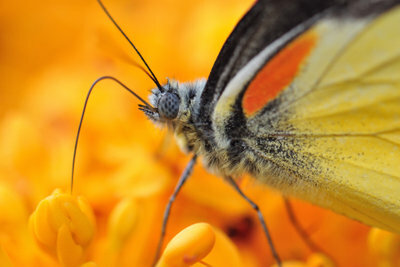The entire ecological chain simply explained
Living beings living in nature are related to each other. This type of connection is called the food chain or also the ecological chain. These food relationships seem very complex at first glance, but they are actually very simple and always follow a principle. These instructions explain the entire ecological chain to you.

What the entire ecological chain means
- In nature, the motto "eat and be eaten" prevails. The same applies to the entire ecological chain. This describes the food relationships within a natural system.
- The "eater" incorporates the biomass of the living being that is being eaten. A very simple form of the ecological chain can be explained using a food source and a consumer. This "two-way relationship" consists, for example, of a type of brown alga, which is the sole source of food for the nematode Holenchus. However, these relationships are rare.
- As a rule, several consumers are involved in an entire ecological chain. The organic substances run through pre-drawn paths from one organism to another.
Entire ecological chains are often shown linearly as a food chain
- An entire ecological food chain always begins with a producer. Such a producer is always a photosynthetic active organism, i.e. a plant. Ultimately, all other organisms feed on the biomass, albeit not directly, but across the entire ecological chain.
- The biomass of the producer thus serves as a food basis for the consumer 1. Order. To consumers 1. Order is what counts the herbivores that the producers consume.
- Consumers 1. Consumers, in turn, 2. Order eaten. These consumers consist of the carnivores.
- The entire ecological chain can be continued by adding consumers 3. Order etc. Add. Ultimately there would be no animal life without plants and all other consumers live indirectly through the producers.
- The end consumer is at the end of the entire ecological chain. In most ecological chains, this is the human being.
- Most ecological chains are also referred to as food webs, since several complex structures of food chains are often connected to one another in an ecosystem. For example, a hunter has several prey that are in turn linked to other organisms.
The ecological chain - this is how it works
You often hear about it, the ecological chain. But what do you actually understand ...
How helpful do you find this article?


